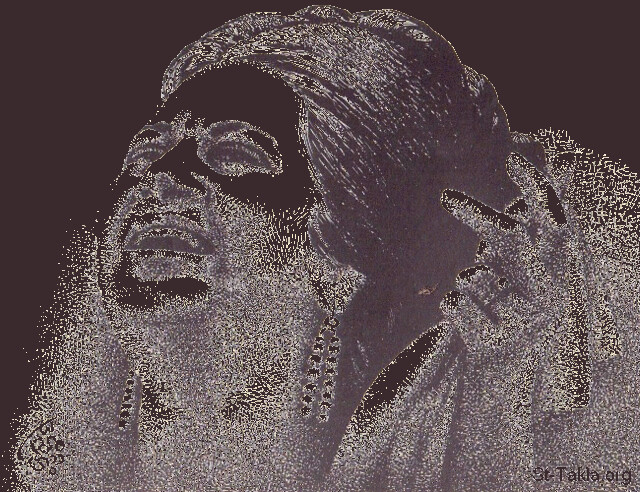On Thursday, I had the great opportunity to share a travel experience with an inquisitive group of youngsters. A few weeks ago, I sat in on Ms. Fredericks' class at Moffet Elementary while they held conversations via Skype with a classroom full of children in Baghdad. It just so happened that the next day, I would be catching a flight to the Arab World / Middle East myself. I asked Ms. Fredericks if I could come back to Moffet once I returned from my trip, to tell the students about what I saw. She graciously agreed, adding it might lend context to their future Skype conversations, and understanding of the region.
I recently traveled to the lands of Jordan, Israel, and Palestine. I visited such famous sites as Petra, the ancient trading city of the Nabateans, which was featured in such movies as Indiana Jones, and - the children told me - Transformers 2. Petra is best know for the elaborate tombs the Nabateans carved into the cliffs surrounding their city. I connected these audacious tombs with the Egyptian pyramids, as another example of men seeking to immortalize themselves and their families, even in death.
From there, I discussed the story of Abraham and Isaac as something shared by all three of the world's great monotheistic faiths. I showed photographs of the holy sites I visited: the Al-Aqsa Mosque, the Western Wall, the Church of the Holy Sepulchre, and many others. The children asked very respectful and inquisitive questions about the differences between the faiths. I ended by touching on the ongoing Israel-Palestine conflict, using a photograph of graffiti saying "Stop this Wall" and "Loves Wins" as a jumping off point. I gave an introduction into the relevant history and spoke about the tensions and fear that lead people to use violence against one another, and build walls and guard towers between each other. It was a short introduction, given the immense complexity and history of the conflict, but I feel a valuable one. And learning a little bit more about the Arab World will surely help contextualize the future conversations that these fortunate youngsters will have with their peers across the globe.

.JPG)








